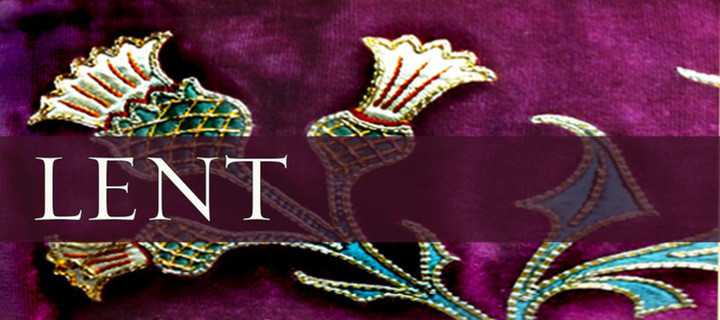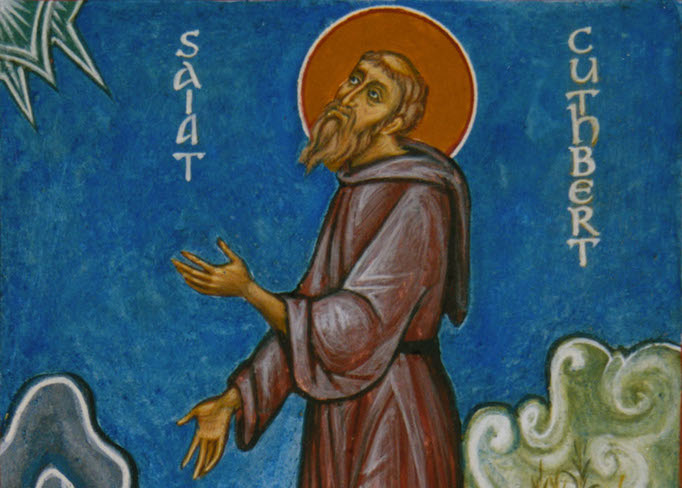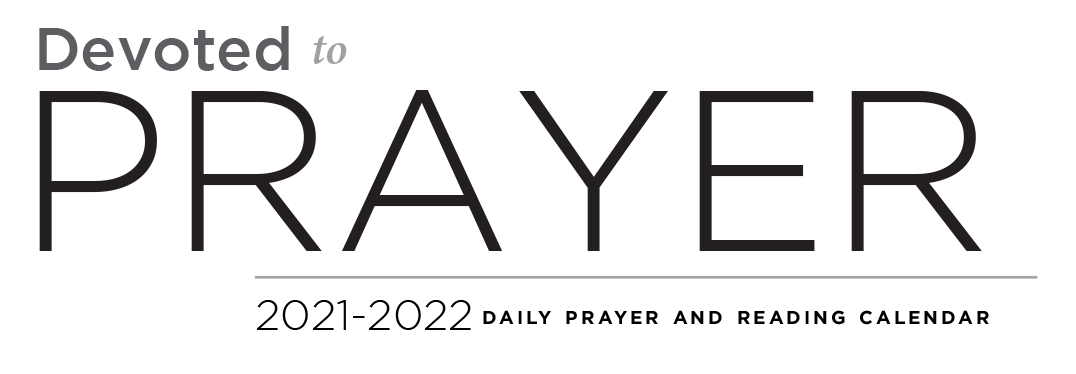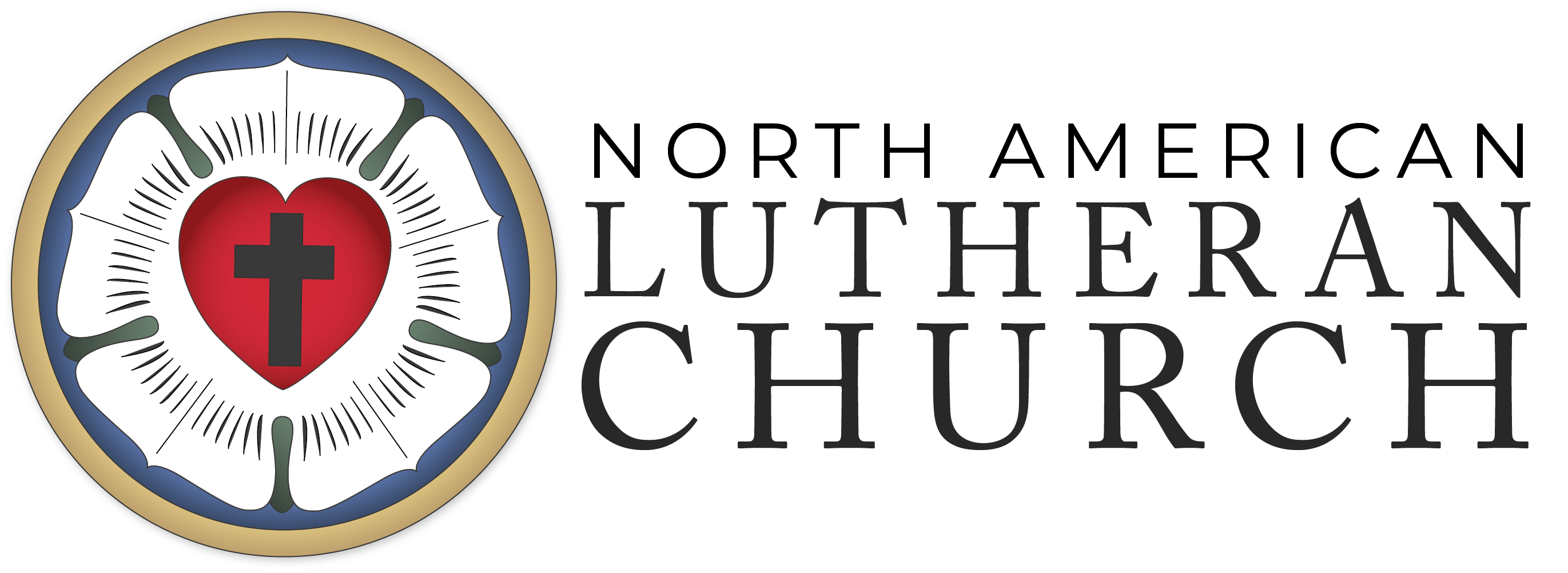
6:67 So Jesus said to the twelve, “Do you want to go away as well?” 68 Simon Peter answered him, “Lord, to whom shall we go? You have the words of eternal life, 69 and we have believed, and have come to know, that you are the Holy One of God.” 70 Jesus answered them, “Did I not choose you, the twelve? And yet one of you is a devil.” 71 He spoke of Judas the son of Simon Iscariot, for he, one of the twelve, was going to betray him.
– John 6:67-71
Jesus is in charge throughout John’s Gospel. Even at unexpected times. At His betrayal in the garden, twice He asks the soldiers and officers whom they are seeking. The first time when He tells them He is the one they are seeking, “they drew back and fell to the ground.” The second time He orders them to let His disciples go (18:6-7). He is in charge when He dies on His cross: “When Jesus had received the sour wine, he said, ‘It is finished,’ and he bowed his head and gave up his spirit” (19:30).
Jesus was even in charge of His betrayer. He chose Judas knowing he was not a believer, rather a devil. On the night of His betrayal, Jesus tells the Twelve one of them will betray Him. They want to know who it is: Jesus answered, “It is he to whom I will give this morsel of bread when I have dipped it.” So, when He had dipped the morsel, He gave it to Judas, the son of Simon Iscariot. Then after he had taken the morsel, Satan entered into him. Jesus said to him, “What you are going to do, do quickly” (13:26-7).
The Bread of life speaks in both scenes in chapters 6 and 13. In the second He commissions Judas with a morsel of bread to betray Him. Jesus told the disciples a second time He chose them: “You did not choose me, but I chose you and appointed you that you should go and bear fruit and that your fruit should abide, so that whatever you ask the Father in my name, he may give it to you.” (15:6) This time only eleven hear it. Judas had left in the night a short time before this to go to the Jewish authorities.
It is sobering to think about why Judas was chosen. Some might say, “It wasn’t fair. It wasn’t right.” Focusing on Judas will not be very edifying. Better to focus on the eleven and why they were chosen. When Peter speaks those wonderful words about why they would not be leaving Jesus like all the other disciples, Jesus’ response is a little cheeky and revealing — “I chose you, didn’t I?” They believe and know Jesus because He chose them for that purpose and for bearing much fruit.
Jesus chooses us as well for the same purposes — so that we believe and know Him, and so that we too bear fruit that abides.
Prayer: Heavenly Father, thank You for choosing me long before You conceived me in my mother’s womb to be Your child forever. Amen.
Lenten Response: When do you remember hearing and knowing for the first time Jesus chose you? After thinking about how He chose you, then share your story with a child in your family — your own child, a grandchild or a niece or nephew.
Devotion written by the Rev. Mark Chavez
Morning Psalms
Evening Psalms
Cuthbert, Bishop of Lindisfarne, 687 (March 20)

About the Commemoration
Cuthbert, the most popular saint of the preconquest Anglo-Saxon Church, was born about 625, probably in Northumbria. As a young man tending sheep one night, Bede reports, he had a vision of angels conducting a soul to heaven and later learned that St. Aidan had died that night. As a result of the vision, Cuthbert became a monk at Melrose and applied himself to prayer, study, and rigorous self-discipline.
In 661 he was appointed abbot of the monastery. It was a year of the plague, and Cuthbert made long journeys, bringing cheer to many, sacrificing himself for others, and impressing everyone he met with his gentleness and holiness of life.
He became prior of Lindisfarne in 664, but withdrew to live as a hermit at Fame for nine years. In 684 he reluctantly accepted the bishopric of Northumbria, and not long afterward, when he felt the approach of death, he withdrew to his hermitage on Fame. He died there on March 20,687. His remains were removed from Lindisfarne after the Viking raids began and eventually were interred in Durham cathedral; his bones were discovered in 1827 beneath the site of his medieval shrine.
He was a keenly observant man, interested in the ways of the birds and beasts. The ample sources for his life and character show a man of extraordinary charm and practical ability; Bede calls him “the child of God.”
Cuthbert is on the calendar in the Book of Common Prayer, he is not on the General Roman Calendar.
Excerpts from New Book of Festivals & Commemorations: A Proposed Common Calendar of Saints by Philip H. Pfatteicher, copyright, 2008 by Fortress Press, an imprint of Augsburg Fortress.
See also: Cuthbert
Reading
From Life of Cuthbert by the Venerable Bede
On Boisil’s death Cuthbert became prior, an office which he carried out for many years with holy zeal. Inside the monastery he counseled the monks on the religious life and set a high example of it himself, and outside, in the world, he strove to convert people for miles around from their foolish ways to a delight in the promised joys of heaven.
Many who had the faith had profaned it by their works. Even while the plague was raging some had forgotten the mystery conferred on them in baptism and had fled to idols, as though incantations or amulets or any other diabolical rubbish could possibly avail against a punishment sent by God the Creator. To bring back both kinds of sinners he often did the rounds of the villages, sometimes on horseback, more often on foot, preaching the way of truth to those who had gone astray….
Such was his skill in teaching, such his power of driving his lessons home, and so gloriously did his angelic countenance shine forth, that none dared keep back from him even the closest secrets of their hearts. They confessed every sin openly—indeed they thought he would know if they held anything back—and made amends by “fruits worthy of repentance,” as he commanded.
He made a point of searching out those steep rugged places in the hills which other preachers dreaded to visit because of their poverty and squalor. This, to him, was a labor of love. He was so keen to preach that sometimes he would be away for a whole week or a fortnight, or even a month, living with the rough hill folk, preaching and calling them heavenwards by his example.
Venerable Bede, Life of Cuthbert, chap. 9, trans. J. F. Webb, in The Age of Bede (Baltimore: Penguin, 1965), 54,55.
Propers
Almighty God, you called Cuthbert from following the flock to be a shepherd of your people: Mercifully grant that, as he sought in dangerous and remote places those who had erred and strayed from your ways, so we may seek the indifferent and the lost, and lead them back to you; through Jesus Christ our Lord, who lives and reigns with you and the Holy Spirit, one God, forever and ever.
A. C. Fraser, W. H. Frere, LFF
Readings: Psalm 23 or Psalm 1; 2 Corinthians 6:1-10; Matthew 6:24-33
Hymn of the Day: “The King of love my shepherd is” (H82 645,646; LBW 456, LSB 709, ELW 502)
Prayers: For the indifferent and those who no longer practice their religion; For a deeper understanding of the importance of prayer, meditation, and study; For the north of England, its church and people; For the cathedral and diocese of Durham.
Preface: Saint (2) (BCP)
Color: White

This daily prayer and Bible reading guide, Devoted to Prayer (based on Acts 2:42), was conceived and prepared by the Rev. Andrew S. Ames Fuller, director of communications for the North American Lutheran Church (NALC). After a challenging year in the midst of the COVID-19 pandemic, we have been provided with a unique opportunity to revitalize the ancient practice of daily prayer and Scripture reading in our homes. While the Reading the Word of God three-year lectionary provided a much-needed and refreshing calendar for our congregations to engage in Scripture reading, this calendar includes a missing component of daily devotion: prayer. This guide is to provide the average layperson and pastor with the simple tools for sorting through the busyness of their lives and reclaiming an act of daily discipleship with their Lord. The daily readings follow the Lutheran Book of Worship two-year daily lectionary, which reflect the church calendar closely. The commemorations are adapted from Philip H. Pfatteicher’s New Book of Festivals and Commemorations, a proposed common calendar of the saints that builds from the Lutheran Book of Worship, but includes saints from many of those churches in ecumenical conversation with the NALC. The introductory portion is adapted from Christ Church (Plano)’s Pray Daily. Our hope is that this calendar and guide will provide new life for congregations learning and re-learning to pray in the midst of a difficult and changing world.
